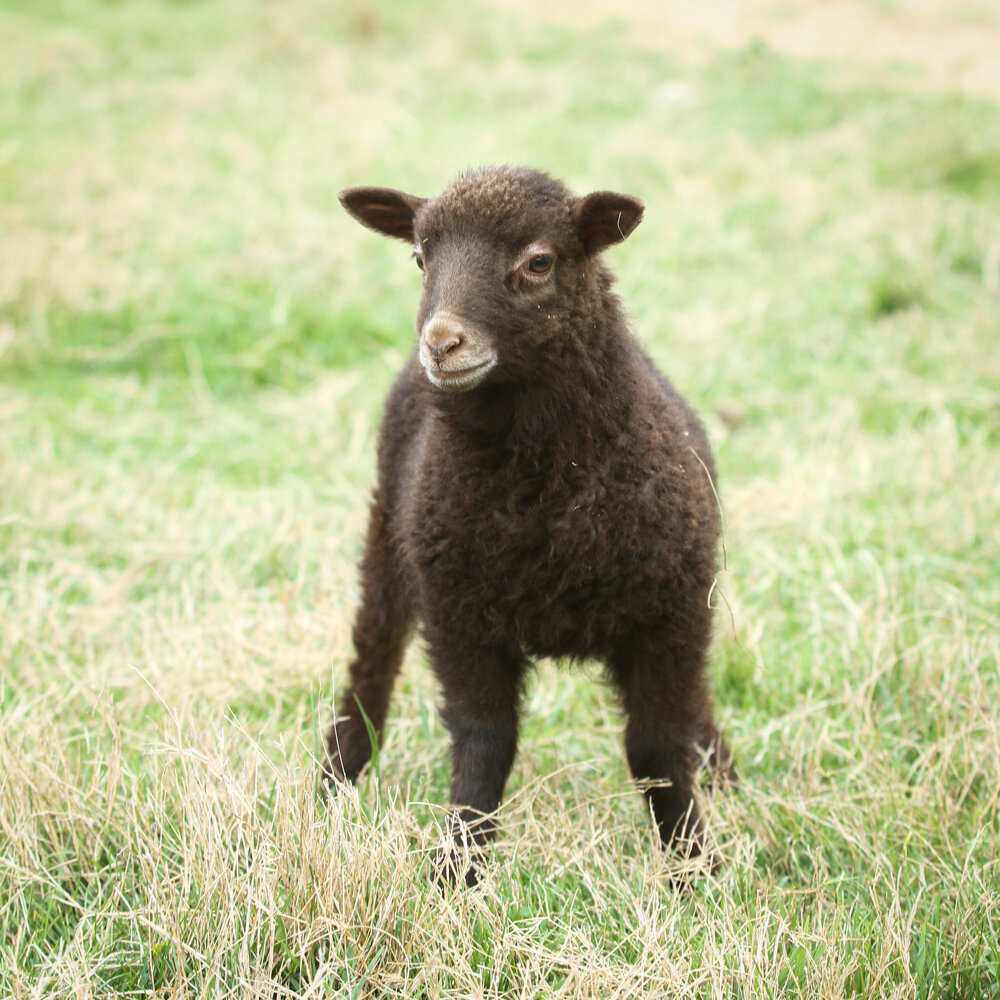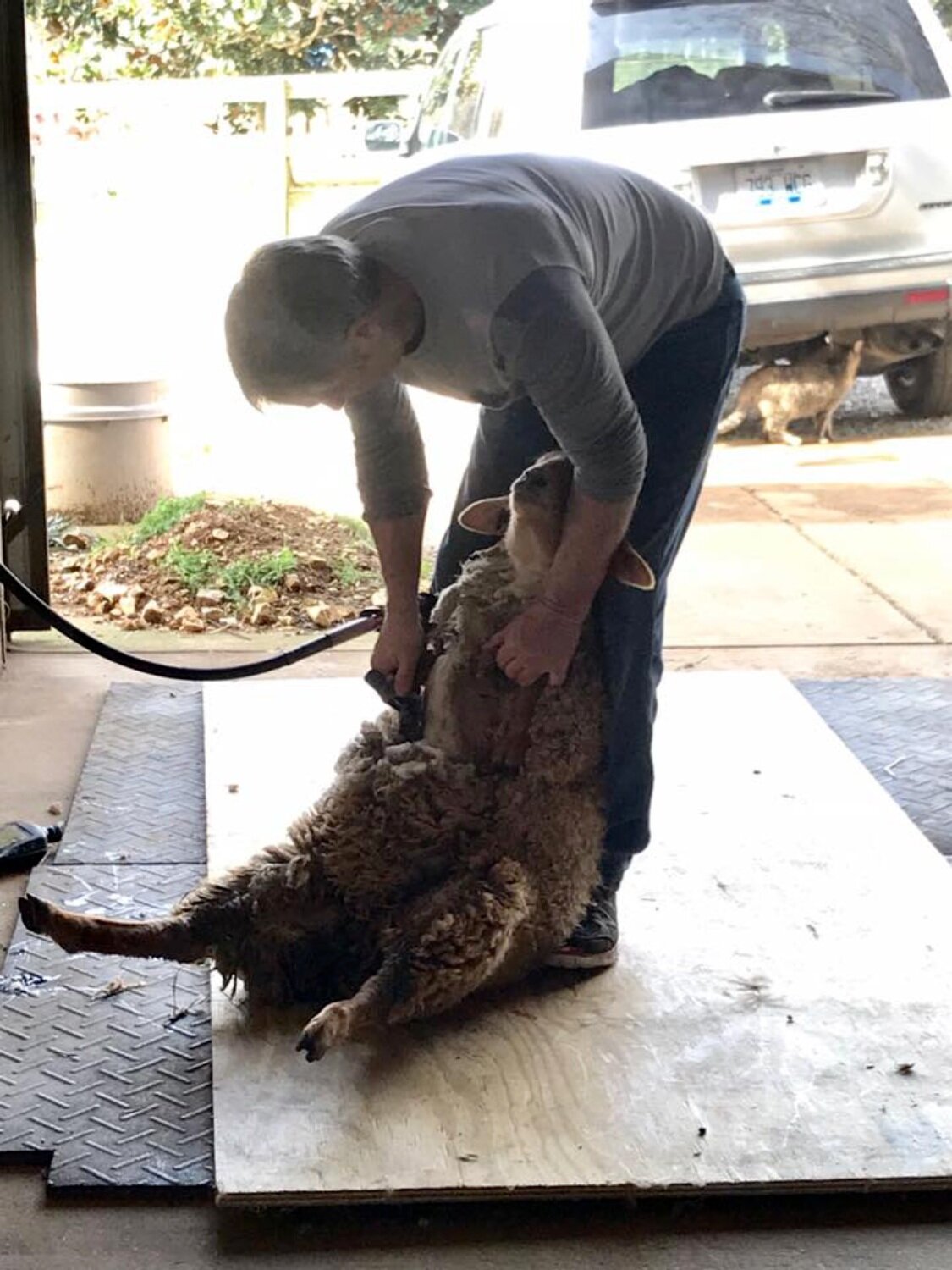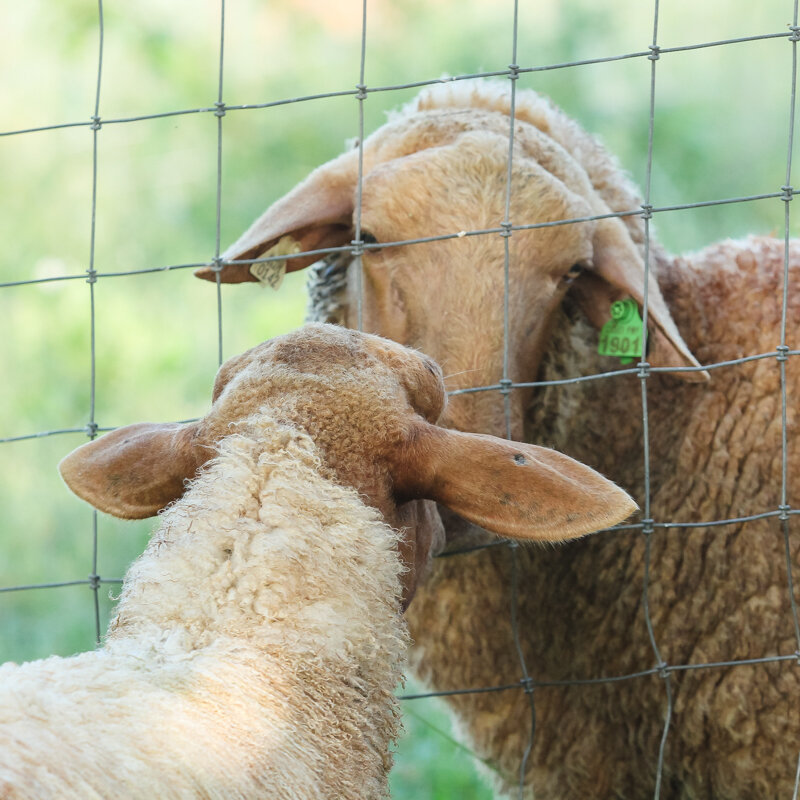Lambing season 2021 has come to an end. As always, there were highs and lows, successes and failures.
Our first lamb was born March 8 and the last was born April 13. We have a grand total of 20 lambs between our Tunis, Shetland and Icelandic flocks. All are super healthy and growing like weeds!
We let the ewes choose where they give birth. Some prefer the pasture, some prefer the barn. After they’ve had their lambs and have cleaned them up some we bring them into pens we have set up in the barn for a day or two to give them time to bond without the distractions from the rest of the flock. The day after birth we tag ears and dock tails, then they go back out to the pasture with the rest of the flock.
REJECTION
A first for us this year was one of our Tunis ewes rejected one of her twins. I found her shortly after she lambed early one morning in the barn area. She was attentively licking a lamb and I thought all was good, until I noticed movement several feet away and on investigation found another lamb, wet and confused but on its feet. I put them in a stall, hoping she had just forgotten about the lamb and would begin caring for it, but apparently this ewe couldn’t count past one and totally rejected the little girl. She aggressively head butted her away any time she approached to nurse, to the point I was worried for the lambs safety. I had to tie her up and squeeze her against the wall in order for the little one to nurse.
Sometimes after a rejected lamb has nursed a few times the ewe will accept it. Not this one. I repeated the tie and squeeze thing every couple hours, but she continued to be aggressive toward the lamb. After a day of this I had Jon build a stanchion for her and we kept her in it for 3 days (she could stand, lay down, etc., just not hurt her baby), letting her out under observation a few hours each day.
Her time in lock up decreased her aggressiveness, but she still wouldn’t let the lamb nurse willingly… if she knew about it. Over the next week the lamb learned to “stealth nurse” by going at it from directly behind where the ewe couldn’t smell her or using her brother as a shield when they nursed together.
So, in the end it all worked out. The lamb outsmarted the ewe long enough for something to finally click in her brain that she had two babies and she’s been fine since then.
A BOTTLE BABY
I did end up with one bottle baby this year. She was born to an older Tunis ewe who just up and died a week after having her. The ewe was in good condition, no health problems, and just died right at the hay feeder. We think she had a heart attack. So the lamb became mine to raise. I named her Daisy and she’s doing great.
YOU WIN SOME, YOU LOSE SOME
The little Shetland lamb pictured above was born with some sort of spinal defect causing her to be a little unsteady in her back legs, but the bigger issue was she wasn’t able to arch her back to squat and pee normally. She dribbled urine all day long and her backside was constantly wet with urine. The vet hoped a course of steroids might help, which did help her movement, but not the urinary problem. She would’ve suffered with urine scald and possibly even fly strike, so after a month of treatment and hoping she’d outgrow it, we had her euthenized. I can’t begin to describe the sadness in picking a happy little lamb up where she’d been playing in the pasture and taking her to the vet to end her life. It was the right thing to do, but still so very hard.
We also lost an older Shetland ewe who developed complications prior to giving birth. She had to have a C-section, which rarely ends well, and our case was no exception. We lost her and her twins.
So in the end we have 20 beautiful, healthy little lambs frolicking in the pastures. I could sit for hours just watching them play and showing their different personalities. Most will go to new homes later this summer, but for now I get to enjoy them.














